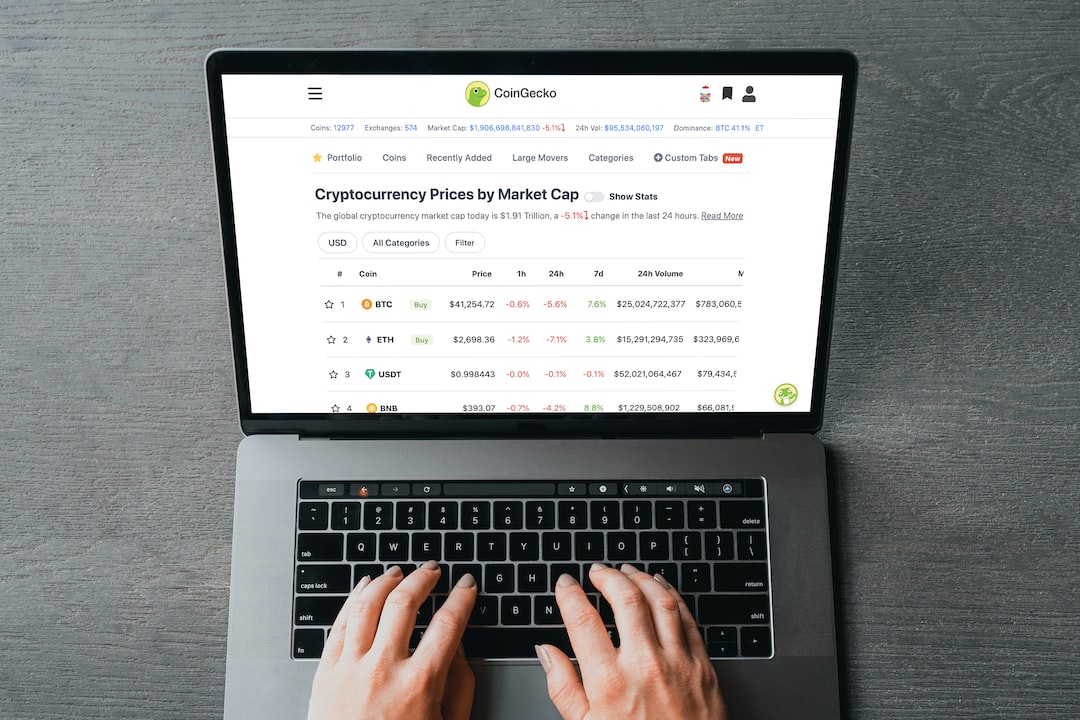“Not your keys, not your coins! That is why we all need Decentralized Exchanges“
When it comes to decentralized exchanges that have something new and different to offer, two major platforms stand out: Uniswap and Polkadex. Both platforms make crypto trading easy and give users full control of their funds. Today, we are looking at the differences between Uniswap and Polkadex to help you choose the best platform that suits your needs.
The Current Problems of Decentralized Exchanges
The debate between centralized exchanges (CEXes) and decentralized exchanges (DEXes) has been ongoing for a while. While CEXes offer a better trading experience, many crypto natives prefer DEXes because of their transparency and non-custodial nature. However, DEXes are not free of trouble. If you’ve used a DEX for trade, you’d spot some major drawbacks with these platforms, such as high gas fees and limited functionality.
A Look at Uniswap
Uniswap is the leading DEX on Ethereum, with the bulk of the market share and trust. It enables users to directly trade ERC-20 tokens without needing a central exchange. Uniswap uses the UNI token as its governance token, allowing token holders to participate in the platform’s decision-making processes.
Uniswap facilitates trades using an automated market maker (AMM) mechanism that relies on smart contracts to create and manage liquidity pools. However, it is often expensive to use due to high gas fees and interface fees.
Polkadex and How It Changes the DEX Market
Polkadex is a non-custodial order book exchange built on Substrate. It combines features from a CEX with those of a DEX, offering the speed, functionality, user experience, and affordability of a CEX while allowing users to maintain custody of their assets.
Polkadex allows users to trade like on CEX in a decentralized environment. It also allows users to delegate their crypto assets to third parties and run sophisticated trading strategies. The Polkadex orderbook is heavily secured by a network of over 200 validators and over 5.5 million PDEX staked.
Merging the Features of a CEX and a DEX
From a distance, Polkadex looks like a CEX but under the hood, it is a decentralized exchange combining the best of both worlds. It does not store users’ funds, giving users control of their funds in their wallets.
Other Polkadex Tools
The Polkadex parachain on Polkadot allows the Polkadex Orderbook to list tokens from across the Polkadot ecosystem. Another major tool is THEA, designed to make deposits and withdrawals to and from Polkadex feel as they do in a CEX. Ultimately, it is designed to add decentralized bridging support for networks like Ethereum and Polygon.
Hot Take: Decentralized Exchanges are gaining popularity due to their transparency and non-custodial nature despite facing challenges such as high gas fees. Platforms like Uniswap and Polkadex offer unique solutions that cater to different user needs in the crypto trading space.





 By
By
 By
By

 By
By

 By
By